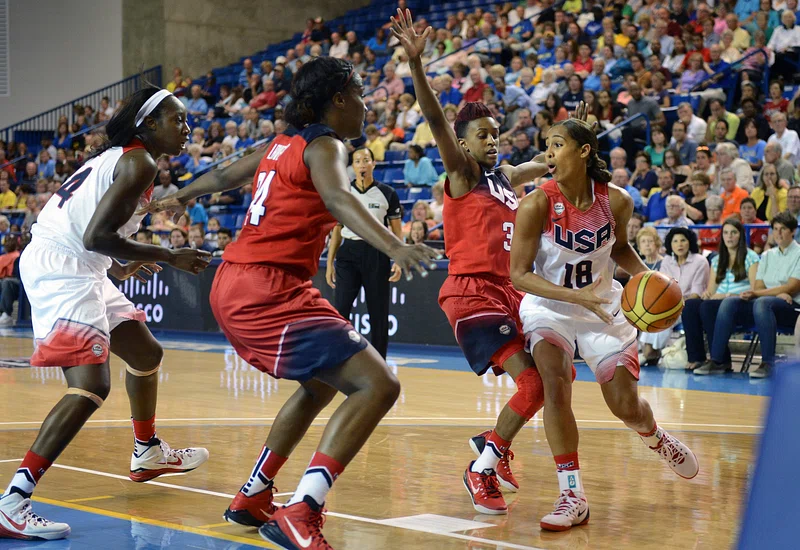
Is it fair that the athletes powering the WNBA’s meteoric rise still pocket less than 10% of league revenue while franchise values and TV deals skyrocket? That question isn’t just echoing through social media it’s reverberating through packed arenas, union meetings, and even the All-Star Game itself, where fans and players joined forces to demand change.
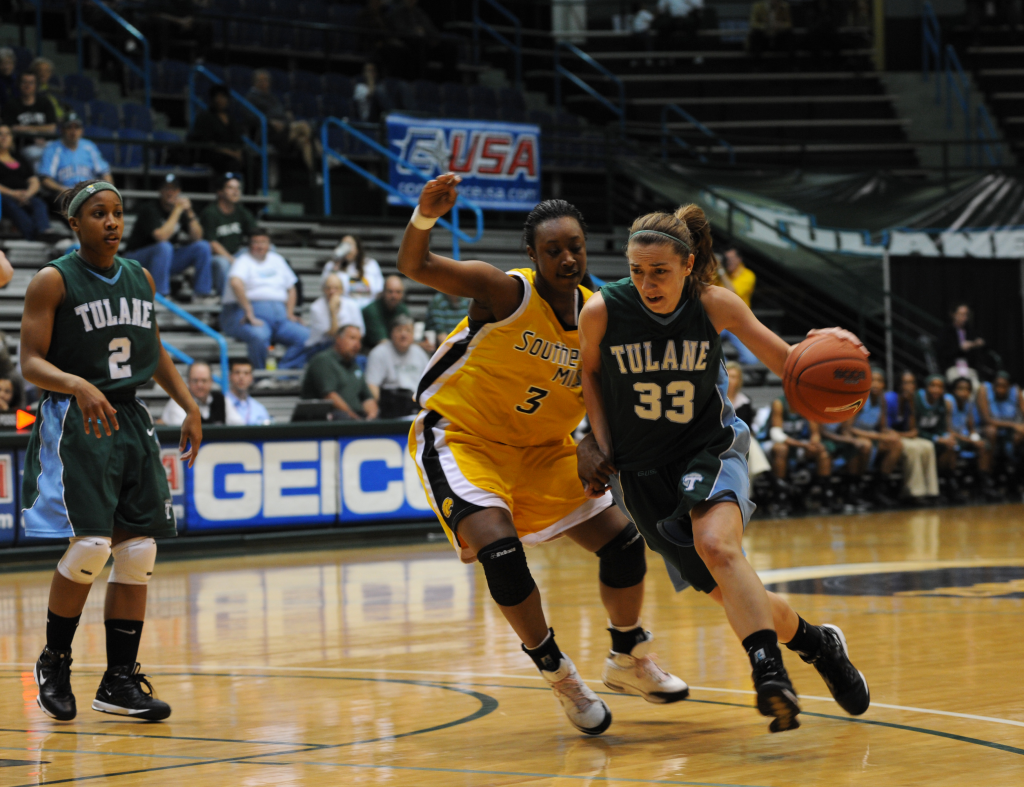
1. The Curtain Pulled Back: WNBA’s Financial Opacity Meets Explosive Growth
Dave Portnoy, a name more often linked to viral sports hot takes than labor activism, is suddenly at the center of the WNBA pay debate. His blunt assessment “The league finances are a mess, tied in with the NBA and purposely murky. The owners don’t want to say how the league is doing because then you’d have to pay more going into the bargaining agreement. The league is exploding. Franchise values are exploding. Ticket sales, merch, and TV rights are all exploding” hits a nerve.
The numbers back him up franchise valuations have soared 180% in a single year, and the WNBA’s new $2.2 billion media rights deal is the richest in women’s sports history. Yet, as Portnoy points out, “The players make virtually nothing while the entire league explodes.”
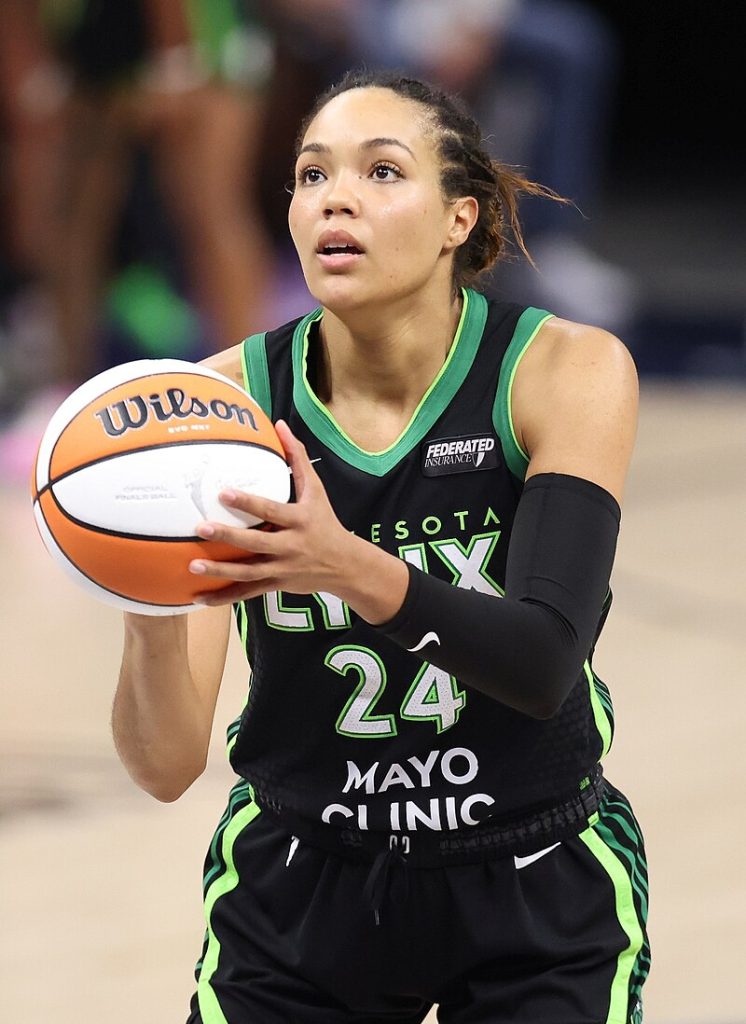
2. CBA Stalemate: Players Demand a Fair Share, Not Just a Raise
The current collective bargaining agreement (CBA) is on life support. Players opted out last October, and negotiations have stalled. At the heart of the dispute is revenue sharing. WNBA players receive just 9.3% of league revenue, while their NBA counterparts take home 50%. “We’re not asking for the same salaries as the men, we’re asking for the same revenue shares,” says Napheesa Collier.
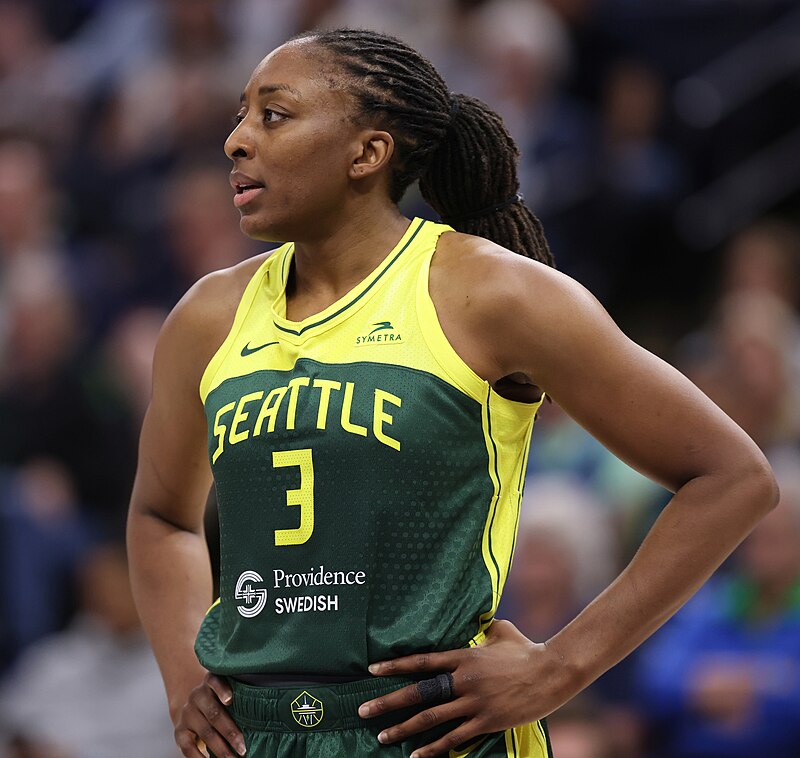
The union wants salaries that “grow with the business, and not just a fixed percentage over time,” as WNBPA president Nneka Ogwumike puts it. The league, meanwhile, is pushing for incremental, fixed-percentage raises a model players say won’t keep up with the league’s surging growth.
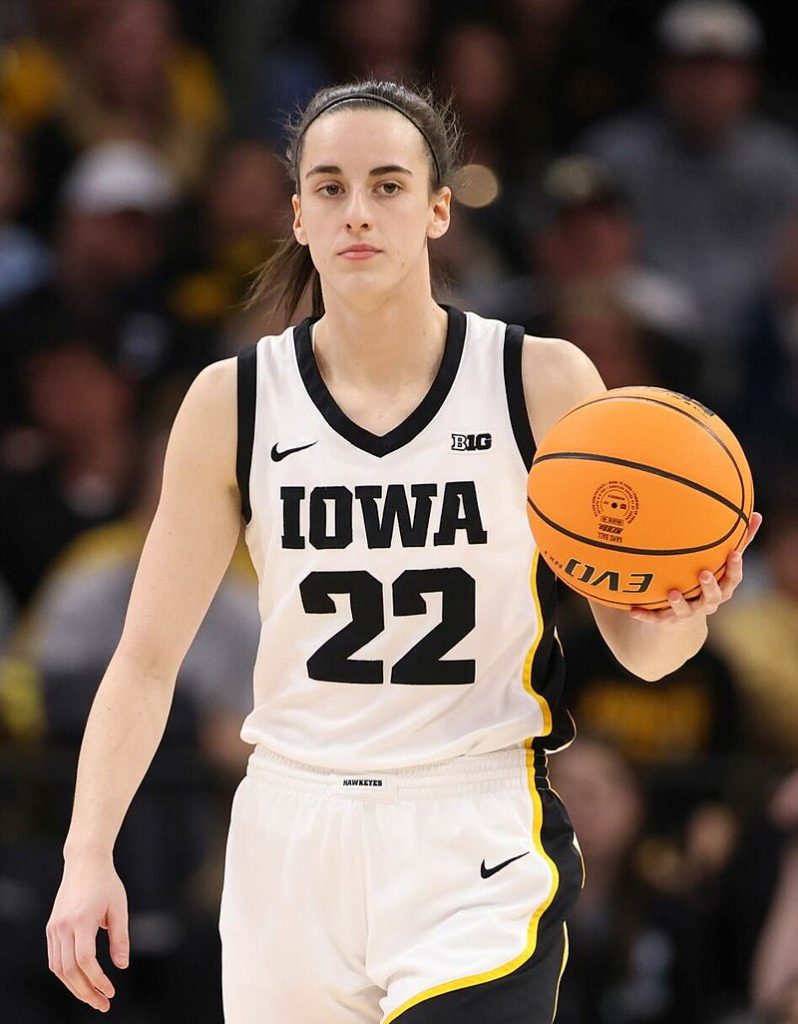
3. The Caitlin Clark Effect: One Star, a Billion-Dollar Ripple
Caitlin Clark’s impact is impossible to ignore. Her rookie season triggered an almost 200% jump in WNBA viewership, sellout crowds, and a merchandising boom. “It’s hard to believe she’s not worth close to a billion to the league,” an industry insider told The Athletic. Yet Clark’s $78,066 salary is a rounding error compared to her economic value.
Even her agent admits, “I don’t think that would ever be possible” for Clark to be paid what she’s truly worth. The “Caitlin Clark Effect” isn’t just about one superstar it’s about the power of women athletes to transform the business of sports.

4. Franchise Values, Expansion, and the Real Money Trail
The numbers are jaw-dropping: new expansion teams are paying $250 million just to join the league, up from $50 million less than two years ago. Three new teams Detroit, Philadelphia, and Cleveland are on the way, with more cities lining up.
The Golden State Valkyries debuted in 2025, and Toronto and Portland are set to follow. These expansion fees and rising team valuations are direct proof of the league’s newfound financial muscle, and players are demanding their share.
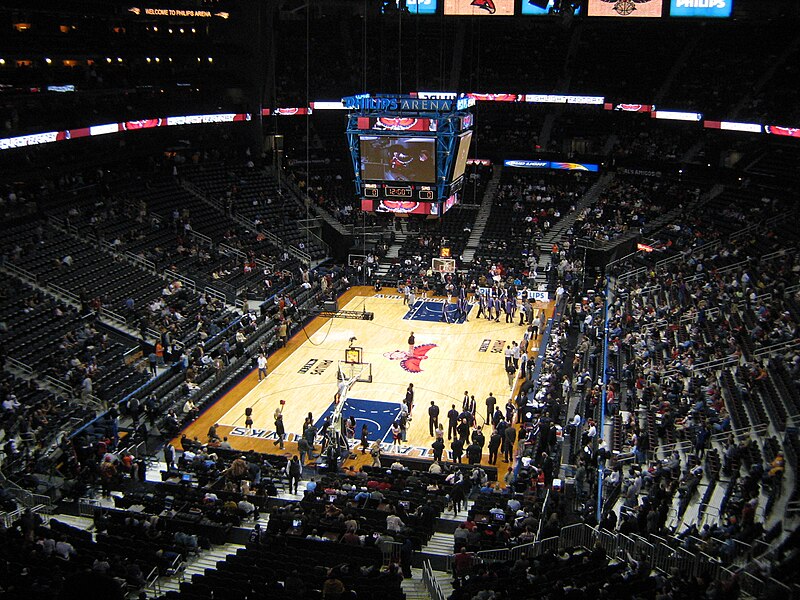
5. The NBA’s Role: Who Really Controls the Purse Strings?
Here’s where things get complicated. The WNBA isn’t a fully independent league the NBA owns more than 60% of it, and, as Atlanta Dream CEO Suzanne Abair put it, “If the WNBA owners say they want to do something and the NBA says no, the answer is no.” The NBA not only negotiates joint TV deals, but also decides how much revenue is allocated to the women’s league.
Nobel Prize-winning economist Claudia Goldin notes, “The most likely explanation is that the WNBA is not receiving the full value it contributes to the combined NBA and WNBA enterprise revenue.” This lack of transparency is fueling mistrust and making negotiations even more fraught.
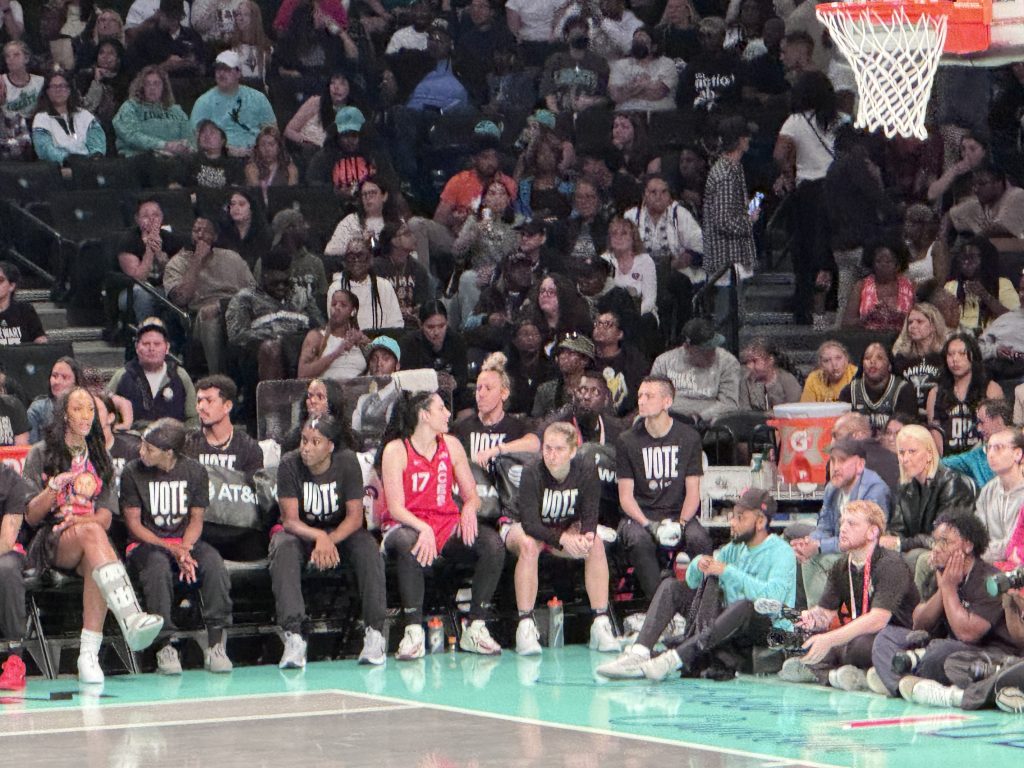
6. Fan Power: Chants, Shirts, and the Court of Public Opinion
At the 2025 All-Star Game, players took the court in black shirts emblazoned with “Pay Us What You Owe Us.” The message was amplified by fans, who chanted “Pay Them! ” as the MVP trophy was awarded. “The fans making that chant, that gave me chills,” said Napheesa Collier. This groundswell of support is more than symbolic.
“A lot of things are the court of public opinion, and it does matter what people think they, of course, at the league recognize that as well, so adding that pressure is really great for us,” Collier added. Fan activism whether through social media, merchandise, or showing up at games has become a powerful lever in the push for pay equity.
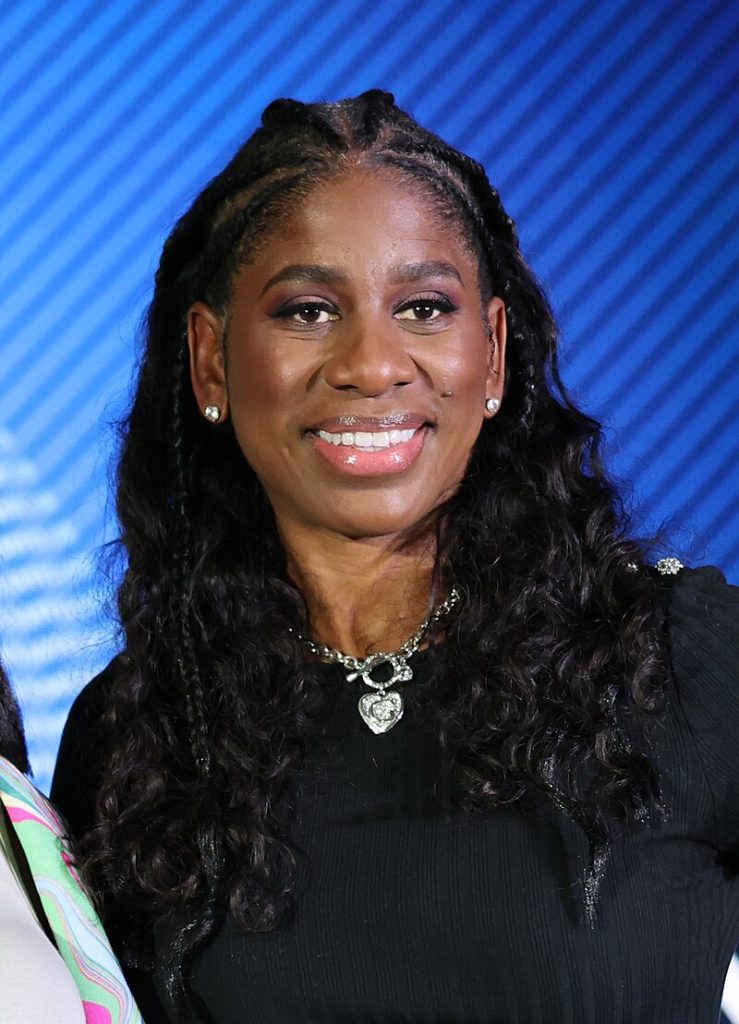
7. What’s Next: The Stakes, the Risks, and the Hope
With the CBA expiring October 31, the threat of a work stoppage looms. Players have made it clear: if there’s no progress, they’re ready to hold out, or even play overseas or in upstart leagues like Unrivaled. WNBPA executive director Terri Carmichael Jackson is hopeful but realistic: “We’re hopeful that the league and the team see it that way also.” Commissioner Cathy Engelbert remains optimistic, stating, We want the same things as the players want.
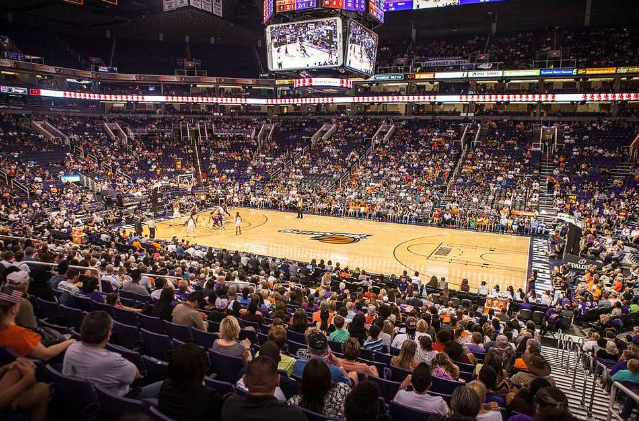
We want to significantly increase their salary and benefits while balancing with our owners their ability to have a path to profitability as well as continued investment. Both sides know what’s at stake not just for themselves, but for the future of women’s sports. For fans and advocates, this is a moment to stay engaged, keep the conversation going, and support the players’ push for fair compensation. As the league grows, so does the opportunity to build a more just and transparent system one where the athletes driving the WNBA’s success finally get their due.


